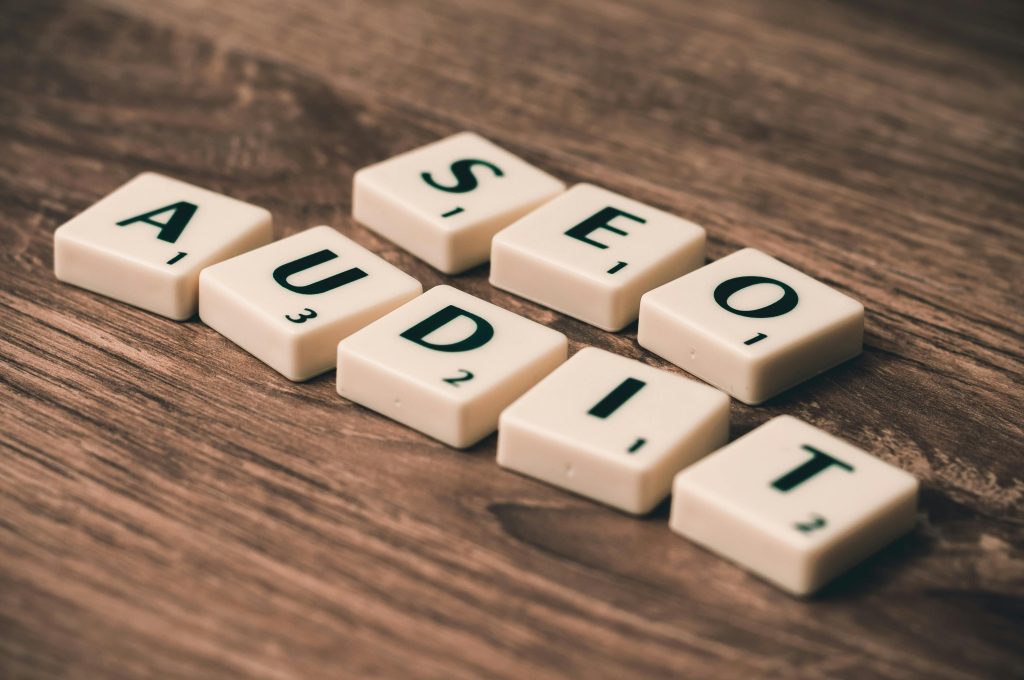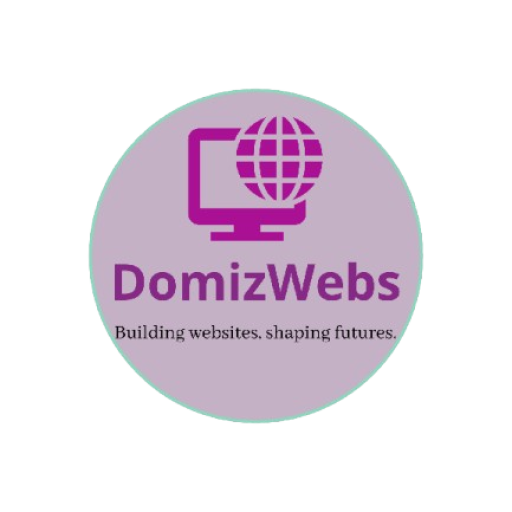The Hidden Relationship Between Design and Search Rankings
Imagine two competing bakeries side by side. One has a beautiful storefront with gorgeous displays behind foggy glass. The other has a simpler but crystal-clear window showing fresh pastries. Which gets more customers? This is exactly how web design impacts SEO—your site might look stunning, but if search engines can’t properly “see” it, you’re losing potential visitors.

Search engines like Google have evolved far beyond just reading text. They now evaluate hundreds of design-related factors to determine:
- How easily users can navigate your site
- Whether important content is immediately visible
- How quickly pages load and become interactive
- How stable the layout remains during loading
These factors collectively influence where your website appears in search results. A 2023 study by Backlinko found that pages ranking in the top 5 Google results had:
- 45% faster load times than lower-ranking pages
- 37% better mobile usability scores
- 29% more optimized image usage
How Google “Experiences” Your Website Design
Unlike human visitors who appreciate aesthetics, Google evaluates your design through three primary lenses:
1. Content Accessibility
Can Google’s crawlers easily find and understand your most important content? Common barriers include:
- Text embedded in images (search engines can’t read it)
- Important content hidden behind tabs or carousels
- Poor heading structure that obscures content hierarchy
2. User Experience Signals
Google tracks how real visitors interact with your design:
- Bounce rate: Do people leave immediately?
- Dwell time: How long do they stay?
- Click patterns: Where do they navigate?
A confusing navigation menu or slow-loading pages creates negative signals that hurt rankings.
3. Technical Performance
Your design choices directly impact:
- Page load speed
- Mobile responsiveness
- Visual stability during loading (no jumping content)
Google’s Core Web Vitals now formally measure these factors as ranking signals.
5 Critical Design Elements That Make or Break Your SEO
1. Mobile Responsiveness: The Non-Negotiable Foundation
With mobile devices generating over 60% of web traffic, Google now primarily uses your mobile version for indexing and ranking.
Why It Matters:
- 50% of users will abandon a site that doesn’t load properly on their device
- Google’s mobile-first indexing means poor mobile design = poor rankings
- Mobile usability affects Core Web Vitals scores
Design Solutions:
- Implement responsive design (no separate mobile URLs)
- Ensure tap targets are finger-friendly (minimum 48x48px)
- Simplify forms for touch input
- Test across multiple device sizes
Real Impact: A local restaurant improved mobile load speed by 2 seconds and saw a 40% increase in online reservations.
2. Page Layout and Content Hierarchy
How you arrange elements on the page significantly impacts both user experience and SEO.
Common Problems:
- Important content buried below less relevant sections
- No clear visual hierarchy
- Overwhelming users with too many options
SEO-Optimized Layout Principles:
- Above-the-fold priority: Place key messages and CTAs where users see them immediately
- Clear visual flow: Guide the eye naturally through the page
- Strategic white space: Prevent cognitive overload
- Logical content grouping: Related items should appear together
Case Study: An eCommerce site redesigned product pages with clearer hierarchy and saw:
- 25% increase in organic traffic
- 18% higher conversion rates
- 12% more pages indexed by Google
3. Navigation Design: Your Site’s Roadmap
Your navigation structure serves dual purposes—helping users find content and showing Google what’s important.
SEO-Friendly Navigation Features:
- Simple, text-based menus (avoid image/JavaScript menus)
- Descriptive labels (“Winter Coats” not “Products”)
- Breadcrumb trails for multi-level sites
- Footer links for secondary navigation
- Consistent across all pages
Design Mistakes to Avoid:
- Creative but confusing menu labels
- Dropdowns requiring precise mouse movements
- Important pages buried deep in the structure
- Orphaned pages with no internal links
4. Typography and Readability
Your font choices affect how easily both users and search engines can consume your content.
Key Considerations:
- Font size: Minimum 16px for body text
- Line length: 45-90 characters per line
- Line height: 1.5x font size for optimal readability
- Color contrast: Minimum 4.5:1 for normal text
- Font weight: Regular (400) or medium (500) for body text
Why It Matters for SEO:
- Difficult-to-read content increases bounce rates
- Poor contrast may violate accessibility standards
- Google tracks how long users engage with your content
Pro Tip: Test your typography with real users—what looks good to designers might not work for your audience.
5. Image and Media Optimization
Visual elements account for most page weight but are essential for engagement.
SEO-Friendly Media Practices:
- File naming: Use descriptive names (red-velvet-cake.jpg)
- Compression: Reduce file sizes by 60-80% without quality loss
- Format selection: WebP for photos, SVG for logos/icons
- Lazy loading: Only load images as they come into view
- Alt text: Concise descriptions for search engines
Common Mistakes:
- Uploading full-size camera images
- Using generic filenames (IMG_1234.jpg)
- Neglecting alt text for decorative images
- Embedding text in images that should be HTML
Impact Example: A furniture retailer optimized product images and saw:
✓ 35% faster page loads
✓ 20% more image search traffic
✓ 15% increase in conversions
The Psychology Behind SEO-Friendly Design
Great web design does more than look attractive—it subtly guides user behavior in ways that positively influence SEO metrics.
1. The “Golden Triangle” Principle
Eye-tracking studies show users typically scan pages in an F-shaped pattern, focusing most on:
- Top-left corner (logo/navigation)
- First few paragraphs
- Left side of the page
Design Application:
- Place key messages in high-attention areas
- Position important CTAs accordingly
- Ensure critical content appears before any scrolling
2. Hick’s Law and Decision Making
The more choices users face, the longer it takes them to decide—and the more likely they are to leave.
SEO Impact:
- Complex designs increase bounce rates
- Simplified layouts improve engagement metrics
- Clear calls-to-action boost conversions
Implementation:
- Limit main navigation items to 5-7
- Use progressive disclosure (show more options only when needed)
- Remove unnecessary distractions
3. Color Psychology and Trust
Color choices influence both aesthetics and user perception.
SEO Considerations:
- High contrast improves readability (better engagement)
- Strategic color use can increase conversions
- Consistent branding builds trust (lower bounce rates)
Best Practices:
- Use your brand colors strategically
- Ensure sufficient text-background contrast
- Test button colors for conversion impact
Practical Steps to Audit and Improve Your Design for SEO
1. Conduct a Design/SEO Audit
Evaluate your current design against these criteria:
- Mobile Friendliness
- Test with Google’s Mobile-Friendly Test
- Check tap target sizes
- Verify text readability without zooming
- Page Speed
- Run Google PageSpeed Insights
- Identify largest elements slowing load times
- Review opportunities for improvement
- Content Hierarchy
- Verify clear heading structure (H1, H2, H3)
- Check important content visibility
- Assess white space and scannability
2. Prioritize Improvements
Focus first on changes that will have the biggest impact:
Quick Wins (1-2 hours):
- Compress oversized images
- Simplify navigation labels
- Improve heading structure
Medium-Term Projects (1-2 weeks):
- Implement responsive design fixes
- Optimize above-the-fold content
- Redesign key conversion pages
Long-Term Strategies:
- Complete site redesign with SEO in mind
- Ongoing performance optimization
- Regular user testing and iteration
3. Monitor Results
Track key metrics before and after changes:
- Organic traffic (Google Analytics)
- Keyword rankings (Google Search Console)
- Bounce rates and time-on-page
- Conversion rates
Pro Tip: Document your changes and their impacts to build a case for future design investments.
When to Seek Professional Help
While many improvements can be DIY, consider professional assistance for:
- Complete website redesigns
- Complex technical SEO issues
- Custom theme development
- Advanced performance optimization
Cost vs. Benefit: A $3,000 professional optimization often pays for itself within months through increased traffic and conversions.
Conclusion: Designing for Visibility and Results
Your website’s design is far more than just aesthetics—it’s a powerful SEO tool that directly impacts your visibility in search results. By creating designs that:
✓ Load quickly on all devices
✓ Present content clearly and logically
✓ Guide users intuitively toward conversion
✓ Meet technical SEO requirements
You’ll build a website that performs well both for human visitors and search engine algorithms. Remember, in the digital marketplace, the most beautiful design is worthless if potential customers can’t find it.
Next Steps:
- Run your site through Google’s PageSpeed Insights
- Identify one design element to improve this week
- Schedule a quarterly design/SEO review
- Consider user testing to identify pain points
By taking a holistic approach that considers both design excellence and SEO fundamentals, you’ll create a website that not only looks great but consistently attracts and converts your ideal customers.
